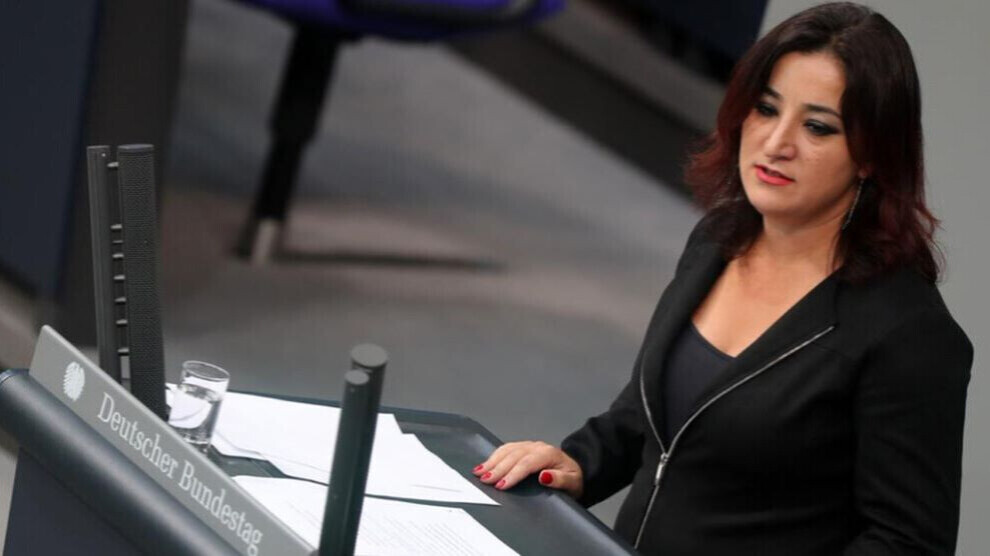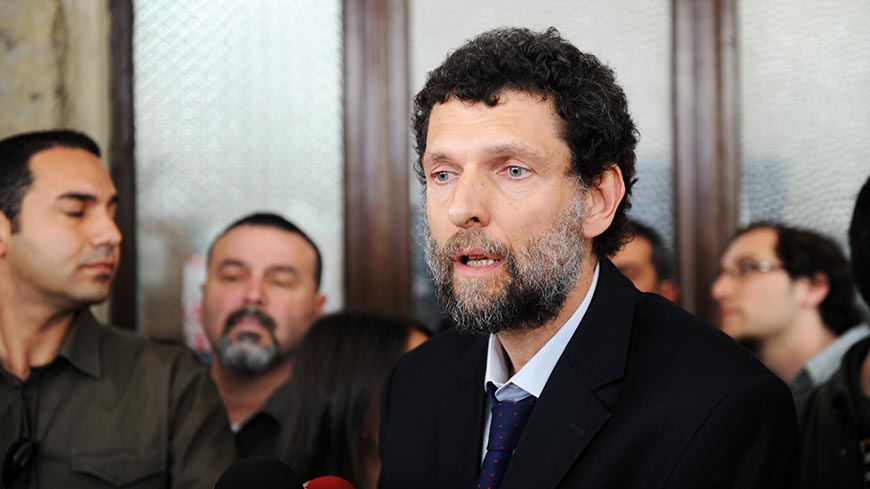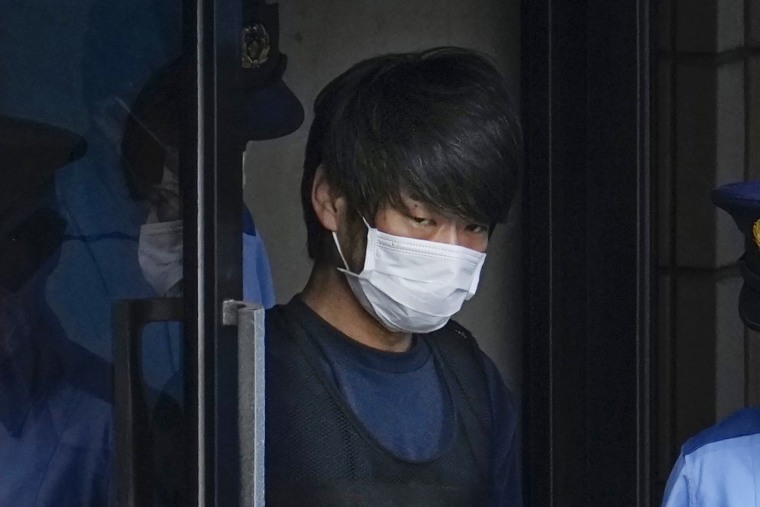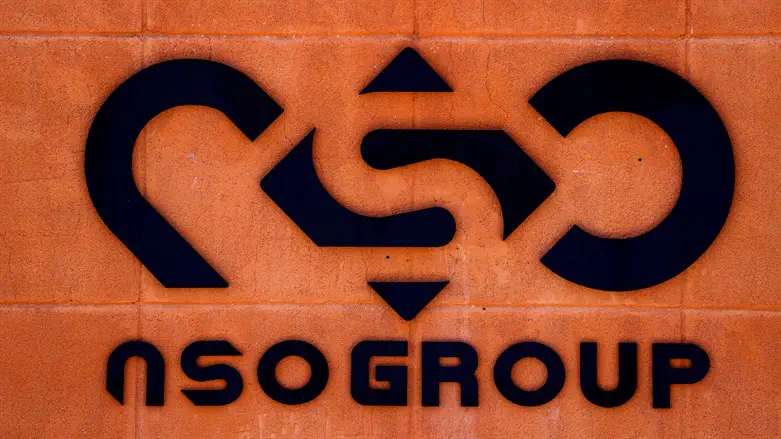The German government is endangering Kurdish association members by sending their data to the Turkish secret service and referring to the general security advice of the Foreign Office for travel to Turkey.

ANF
BERLIN
Sunday, 10 Jul 2022,
In May, a parliamentary question by the migration spokesperson of the parliamentary group DIE LINKE, Gökay Akbulut, revealed that due to a decree issued in 1994 by the then Federal Minister of the Interior, Manfred Kanther (CDU), in connection with the banning of the PKK, all data of Kurdish associations is automatically forwarded to the BKA and the Office for the Protection of the Constitution. This practice continues to this day, although the decree itself is no longer considered traceable by the Federal Ministry of the Interior. In an expert opinion commissioned by Akbulut, the Scientific Services (WD) of the German Parliament Bundestag stated that this is a restriction of fundamental rights that requires justification and legal justification. The WD said: "Decrees are mere internal law of the administration, which is why the aforementioned decree of 1994 cannot constitute an authorisation basis for encroachments on fundamental rights."
On Wednesday, Gökay Akbulut asked the Bundestag in what form data on members of Kurdish associations received by the Federal Office for the Protection of the Constitution or the Federal Criminal Police Office through regular transmission by the Federal Office of Administration is processed by these authorities and what measures, if any, the Federal Government now intends to take with regard to risks associated with trips to Turkey by members of Kurdish associations in Germany.
As can be seen from the answer of the Ministry of the Interior, the Federal Government does not want to warn Kurdish association members whose data it sends to the Turkish secret service against a possible trip to Turkey. Instead, it refers to the general travel and security advice of the Foreign Office:
"The personal data transmitted in the context of the proceedings in question is compared with the data of the security authorities. Data is not stored solely on the basis of participation in the founding or membership of a Kurdish association.
The Federal Government informs travellers to Turkey in detail about possible risks in the context of travel and security advice, including in the context of a possible membership in an association legally active in Germany and related to Kurdish concerns."













